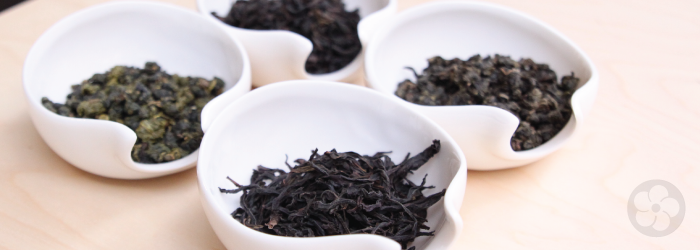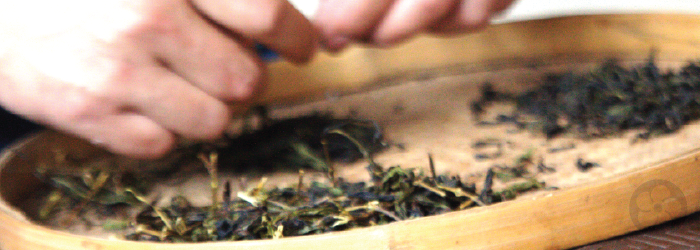4 Types of Oolong Tea: Terroir and Tradition
For many regular tea drinkers, oolong tea is an exotic category, or even entirely unheard of. Black teas and green teas are now crafted around the world, and have transformed to suit the varied tastes of global populations. But oolong tea production is still centered in China and Taiwan, in four main regions.
Yet oolong teas are far from a homogenous group. In fact, since the oolong category includes any tea that is partially oxidized, the range of flavors in this general group is more varied and dramatic than any other. With such scope, generalizing all oolongs into one lot can be confusing, if not misleading.
Oolong teas vary in style based on the terroir and tradition of the region they come from, just like black or green teas. It may seem as though the relatively small area they come from would reduce diversity of styles, but the mountainous terrain of southeastern China provides natural barriers between each region. Since travel through the mountains has always been difficult, local tea varieties and crafting techniques developed independently, with little overlap. The four most famous oolong growing areas give us four distinct divisions of oolong tea.
Continue reading




